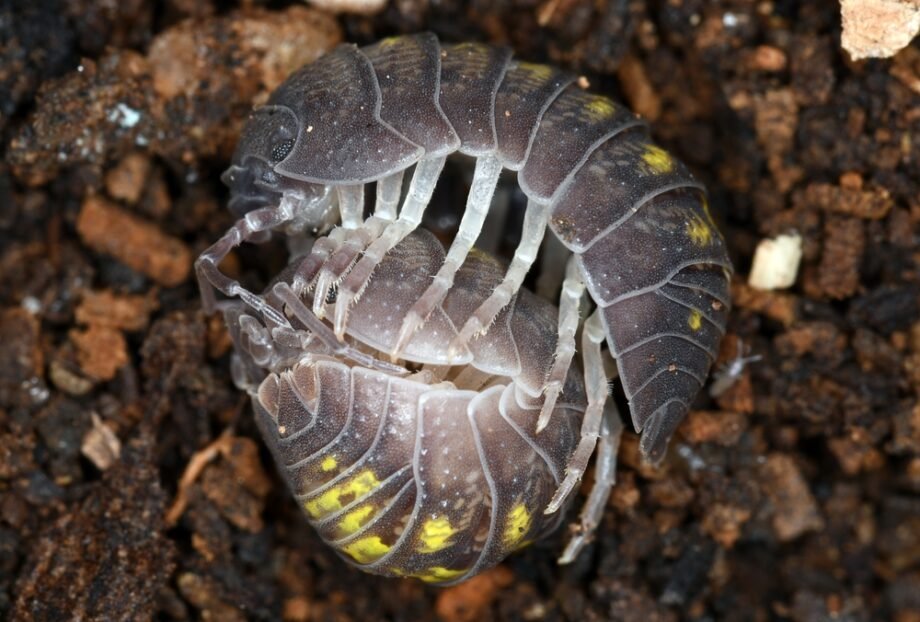Introduction to Isopod Breeding
Isopods, also known as woodlice or pill bugs, are fascinating creatures that make for interesting pets or additions to a naturalistic terrarium. Breeding isopods can be a rewarding experience, allowing you to observe their lifecycle and contribute to their population. In this article, we will explore the process of isopod breeding, including mating, reproduction, and the lifecycle of these unique crustaceans.
Understanding Isopod Mating
Isopods have a complex mating behavior that involves both males and females. Mating typically occurs during the warmer months when the isopods are most active. The male isopod will approach a female and attempt to grasp her with his specialized appendages, known as pleopods. If the female is receptive, she will allow the male to mate with her.
The Reproduction Process
Once mating has occurred, the female isopod will carry the fertilized eggs in a specialized pouch called the marsupium. The eggs will develop and hatch within this pouch, providing protection and nourishment to the developing offspring. The gestation period can vary depending on the species of isopod, but it typically ranges from a few weeks to a few months.
The Isopod Lifecycle
The isopod lifecycle consists of several stages, each with its own unique characteristics. Let’s take a closer look at each stage:
1. Egg Stage: As mentioned earlier, the female isopod carries the fertilized eggs in her marsupium. The number of eggs can vary greatly depending on the species, ranging from a few dozen to several hundred. The eggs are small and translucent, gradually darkening as they develop.
2. Nymph Stage: Once the eggs hatch, the isopod larvae, known as nymphs, emerge. Nymphs closely resemble the adults but are smaller in size and lack reproductive organs. They go through a series of molts, shedding their exoskeletons and growing larger with each molt.
3. Subadult Stage: After several molts, the nymphs reach the subadult stage. At this point, they have developed reproductive organs and are capable of mating. However, they are not yet fully mature and will continue to grow and molt.
4. Adult Stage: The final stage of the isopod lifecycle is the adult stage. Adult isopods have reached their full size and are capable of reproducing. They will continue to molt periodically throughout their adult life, replacing their exoskeletons and allowing for growth.
Tips for Successful Isopod Breeding
If you’re interested in breeding isopods, here are some tips to increase your chances of success:
1. Provide a Suitable Habitat: Isopods require a moist and humid environment to thrive. Ensure that their enclosure has proper substrate, such as coconut fiber or leaf litter, to maintain moisture levels. Additionally, provide hiding spots and natural materials for them to burrow and lay their eggs.
2. Maintain Optimal Temperature and Humidity: Isopods prefer temperatures between 70-80°F (21-27°C) and humidity levels around 80%. Use a hygrometer to monitor humidity and a thermometer to check the temperature regularly.
3. Offer a Varied Diet: Isopods are detritivores, meaning they feed on decaying organic matter. Provide a diverse diet that includes leaf litter, decaying wood, and vegetables like carrots or cucumbers. You can also supplement their diet with calcium-rich foods like cuttlebone or eggshells.
4. Avoid Overcrowding: Isopods reproduce best in a spacious environment with plenty of hiding spots. Avoid overcrowding their enclosure to prevent stress and ensure adequate space for breeding and raising offspring.
5. Patience is Key: Isopod breeding takes time, and not all species reproduce at the same rate. Be patient and allow the isopods to establish a stable population before expecting significant breeding activity.
Conclusion
Breeding isopods can be a fascinating and rewarding experience for both hobbyists and enthusiasts. Understanding the mating process, reproduction, and lifecycle of these unique crustaceans is essential for successful breeding. By providing a suitable habitat, maintaining optimal conditions, and being patient, you can create an ideal environment for isopods to thrive and reproduce. So, if you’re interested in exploring the world of isopod breeding, go ahead and give it a try!
